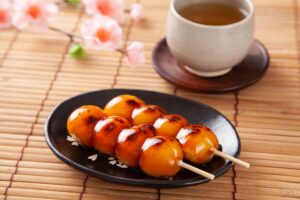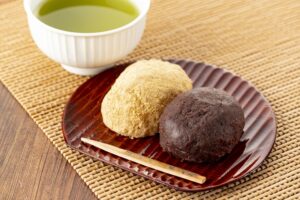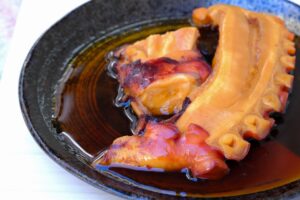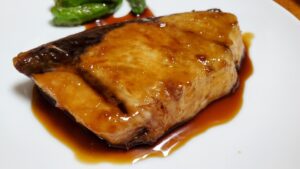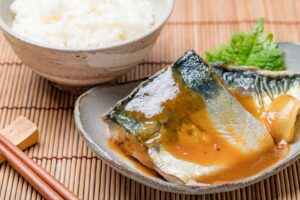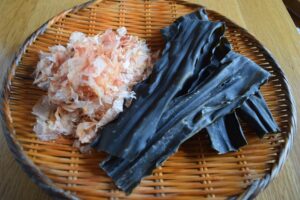Japanese noodles are an integral part of the country’s culinary tradition, beloved worldwide for their flavor and versatility. In this guide, we explore the various types of Japanese noodles, provide authentic recipes for home cooking, and delve into their cultural and historical significance. Additionally, we look at the global rise of Japanese noodles, health considerations, and where to find the best noodles worldwide.
Introduction to Japanese Noodles
Japanese noodles are an iconic part of Japan’s culinary tradition. These versatile ingredients are celebrated not only for their diverse flavors and textures but also for their cultural significance. From slurping bowls of ramen to enjoying cold soba in the summer, noodles play a central role in the daily lives of people across Japan. In this guide, we’ll explore the history, types, and methods for preparing Japanese noodles while diving into their global appeal.
Historical and Cultural Significance
The story of Japanese noodles dates back centuries, evolving from simple dishes to complex meals revered worldwide. Introduced to Japan from China, noodles such as ramen quickly became a culinary staple. Over time, different regions of Japan have developed their own unique noodle dishes, such as Hakata’s tonkotsu ramen or Kyoto’s kake soba. Beyond their taste, noodles carry deep cultural value, with some varieties like soba even symbolizing longevity when eaten during the New Year.
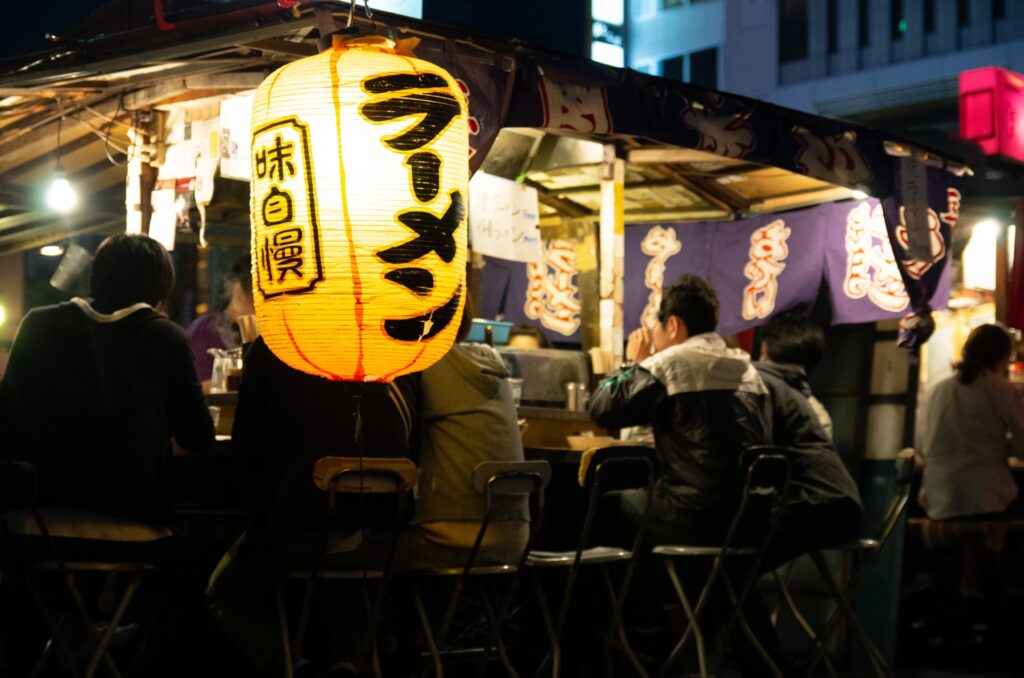
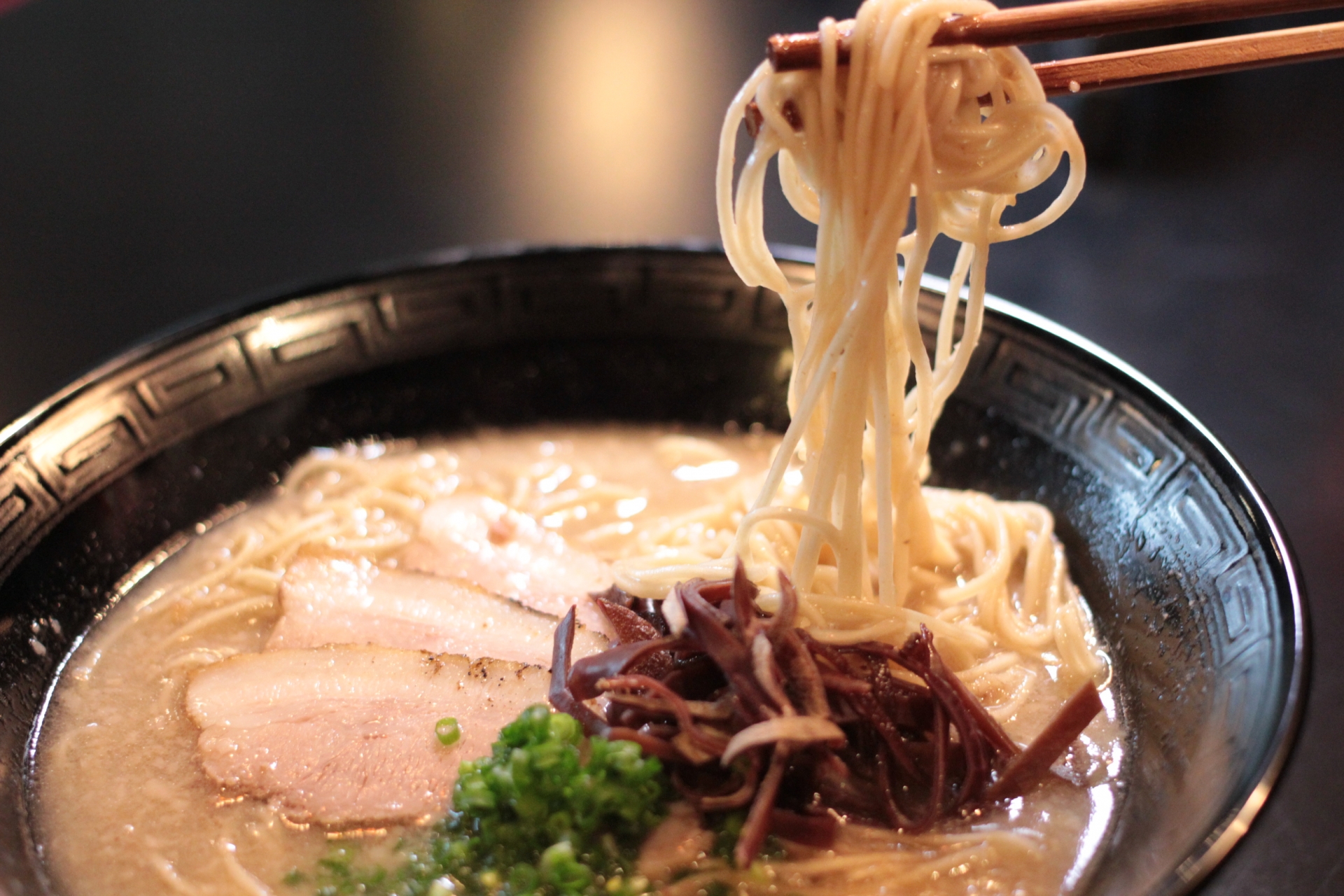
Why Japanese Noodles Are Popular Worldwide
In recent decades, Japanese noodles have grown in popularity globally, thanks to their adaptable nature and rich flavor profiles. Ramen shops, for example, can now be found in major cities worldwide, offering authentic Japanese experiences. Meanwhile, the introduction of instant ramen has made these noodles accessible to everyone, sparking a global love for Japanese food. Whether eaten in traditional forms or as part of modern fusion dishes, Japanese noodles have earned their place on the international culinary stage.
Types of Japanese Noodles
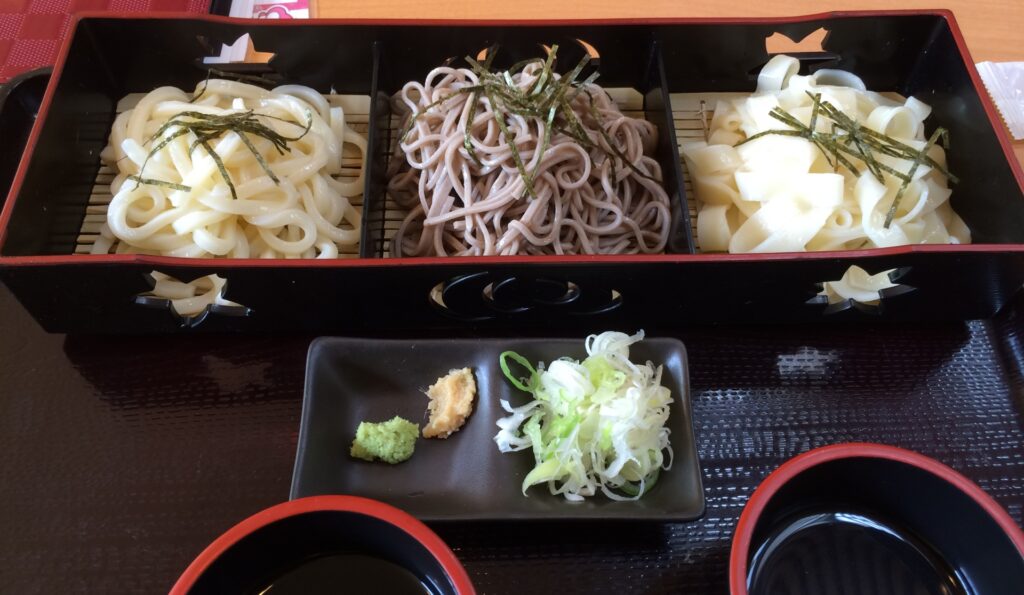
Japan boasts a variety of noodles, each with its own unique texture, ingredients, and preparation methods. Understanding the differences between ramen, soba, udon, and somen will help you appreciate their place in Japanese cuisine. Below is a comparison table for easy reference.
| Noodle Type | Main Ingredient | Texture | Common Pairings |
| Ramen | Wheat | Springy | Broth, pork, eggs |
| Udon | Wheat | Thick, chewy | Dashi broth, tempura |
| Soba | Buckwheat | Firm | Soy sauce, green onions |
| Somen | Wheat | Thin, soft | Chilled dipping sauce |
Ramen: The Iconic Noodle Dish
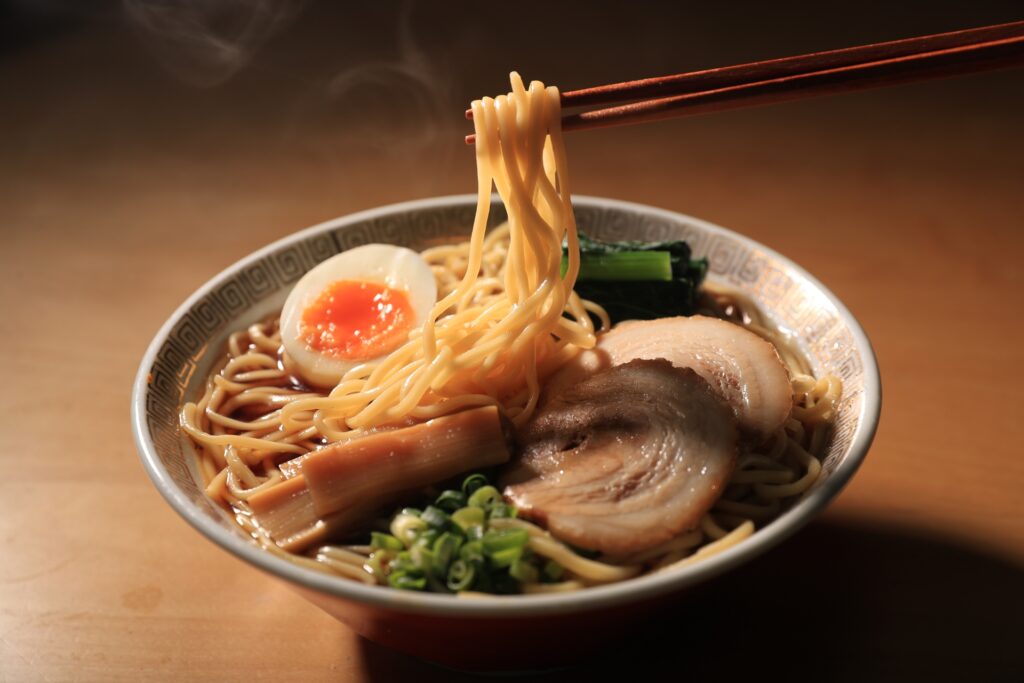
Ramen is perhaps the most recognizable Japanese noodle dish. Known for its variety, ramen comes in several types, such as shoyu (soy sauce), miso, and tonkotsu (pork bone broth). The combination of a rich, flavorful broth with springy noodles and toppings like chashu pork, eggs, and nori makes it a favorite comfort food.
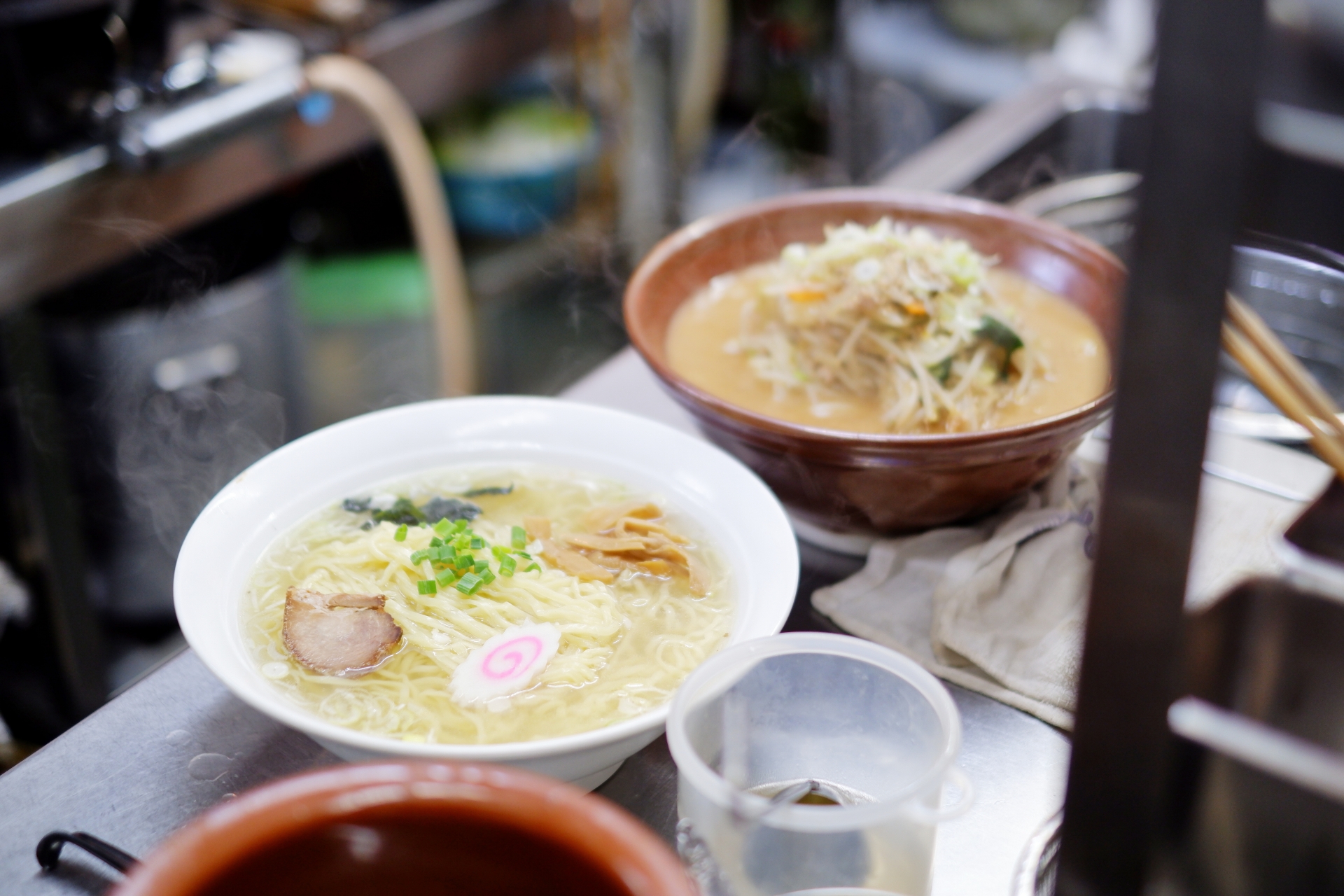
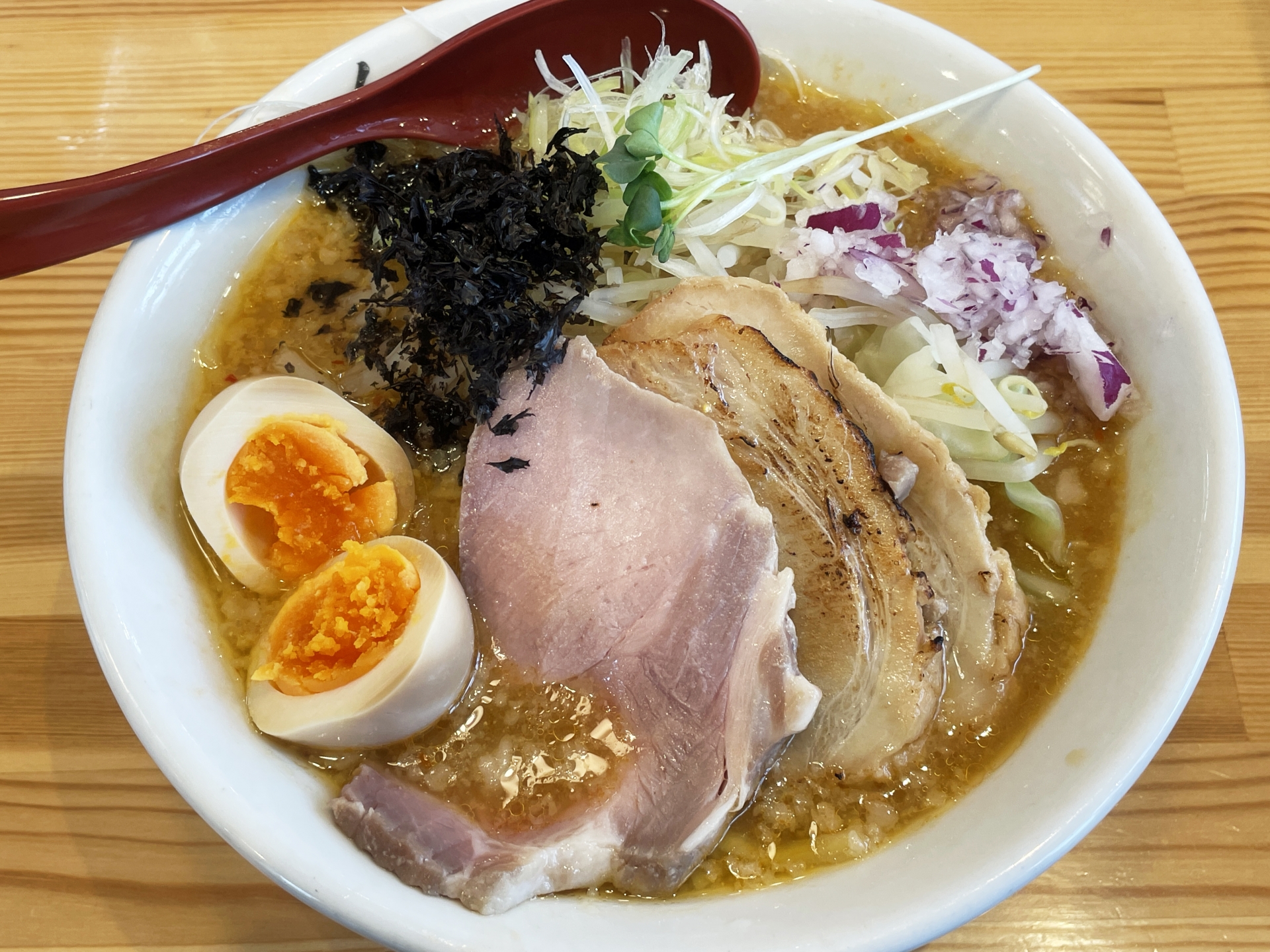
Udon: The Thick, Chewy Delight
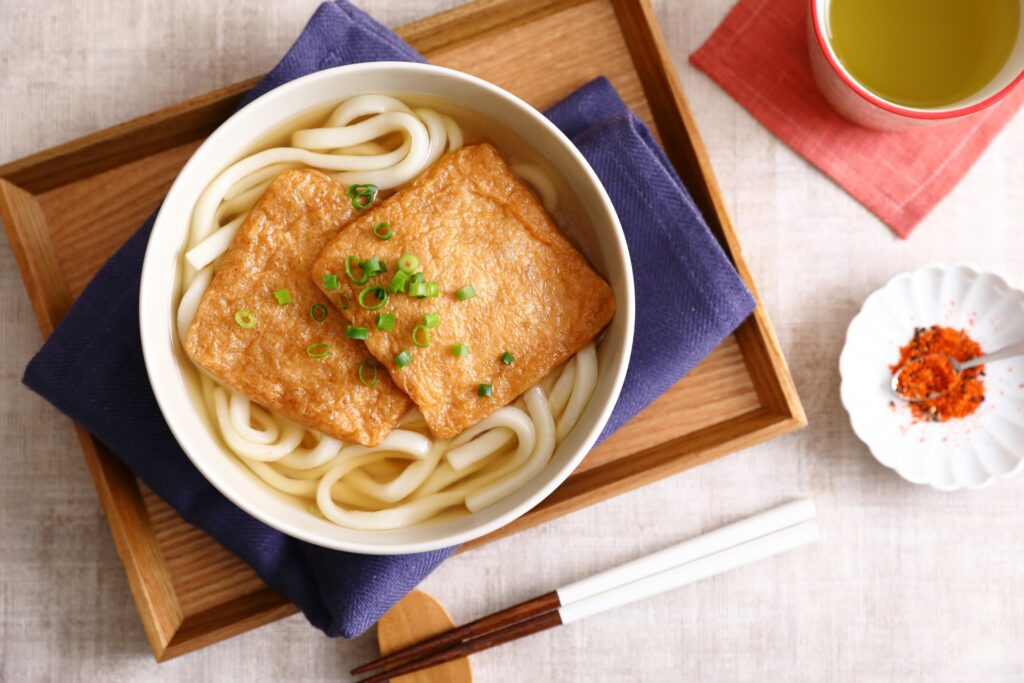
Udon noodles are thick and chewy, offering a completely different experience from ramen. Typically served in a mild dashi-based broth, udon is enjoyed both hot and cold. Popular dishes include kitsune udon, topped with fried tofu, and tempura udon, which features crispy tempura on the side.
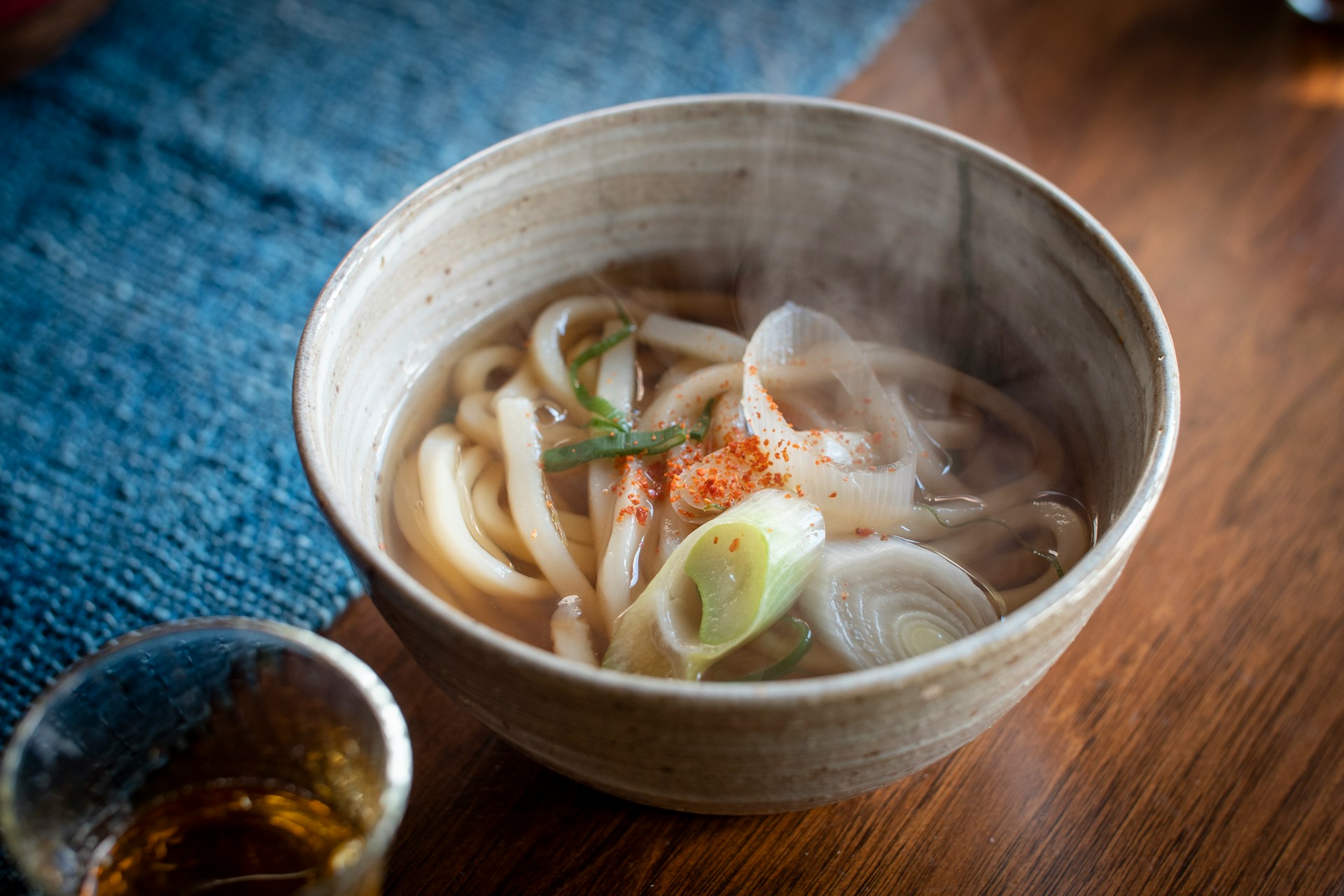
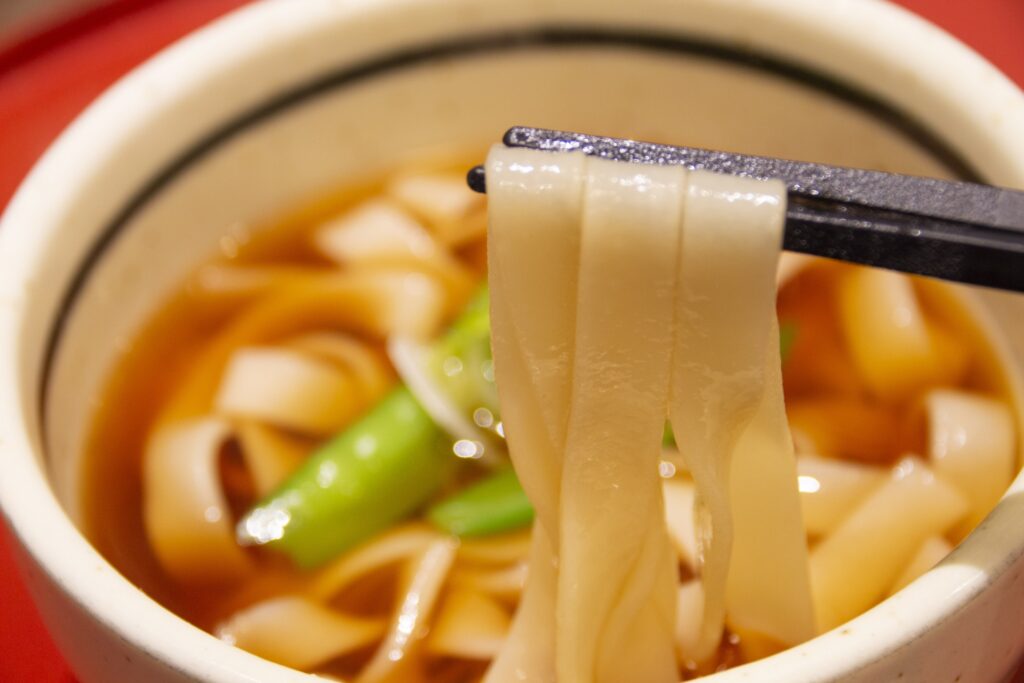
A regional variation of udon is Kishimen, which comes from Nagoya. Kishimen noodles are flat and wide, similar to fettuccine, but still maintain the chewy texture that udon is known for. This variation is often served with a simple soy-based broth, garnished with green onions and a touch of grated ginger.
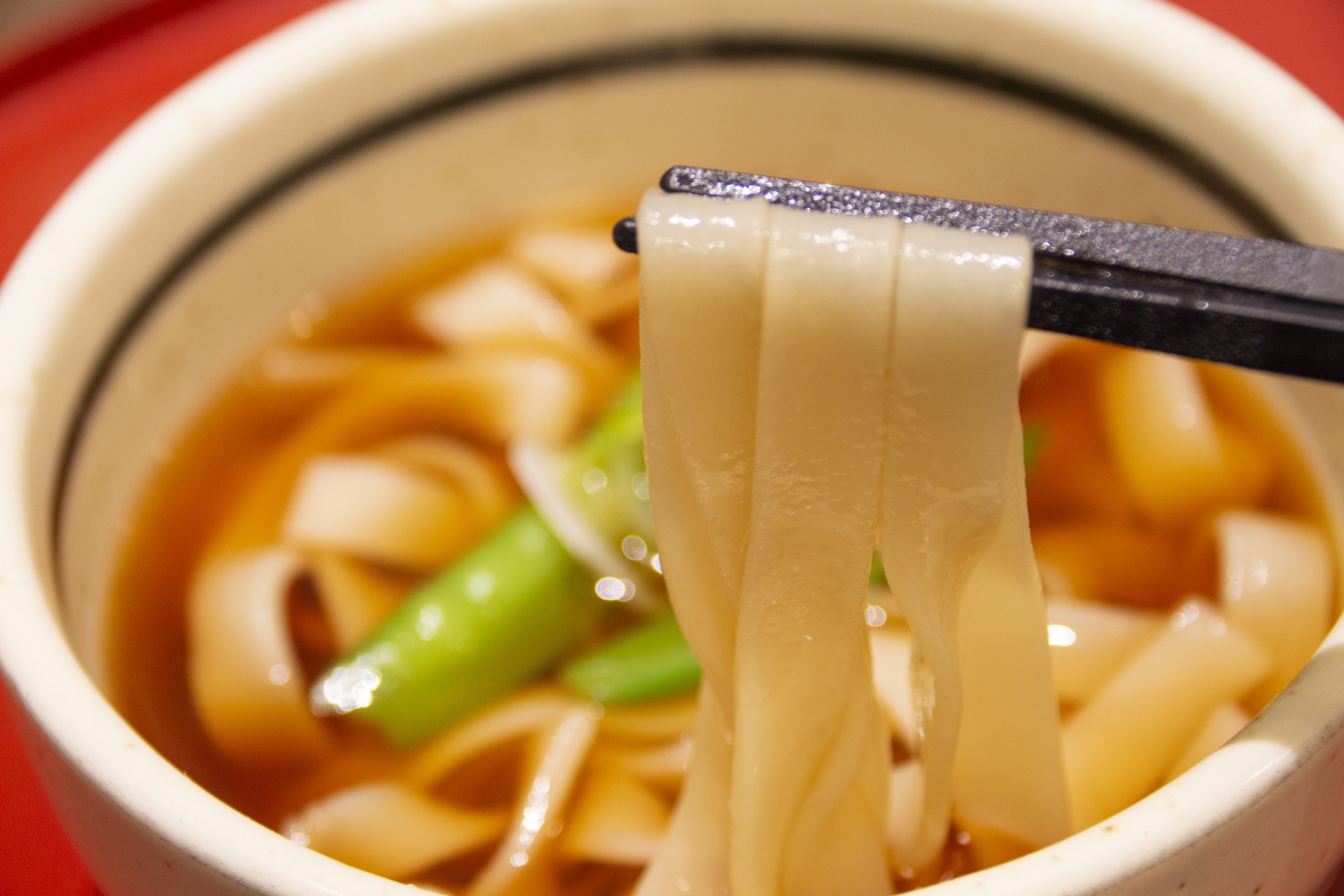
Soba: The Healthy Buckwheat Option
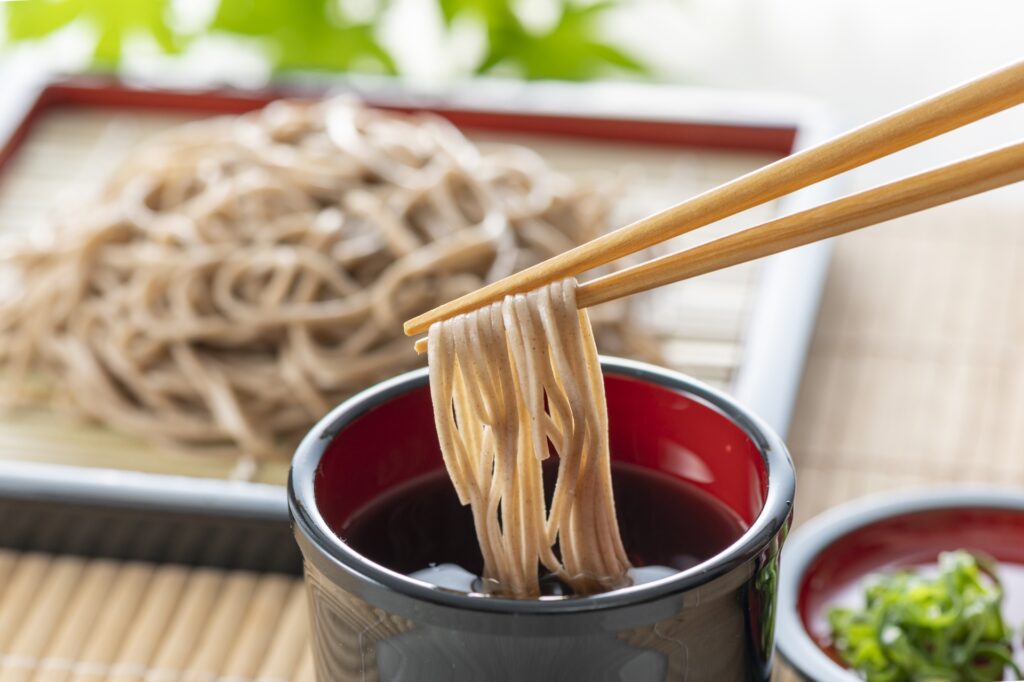
Soba, made from buckwheat, is revered for its health benefits, offering more fiber and protein than its wheat-based counterparts. It’s commonly served cold with a dipping sauce in summer, or hot in a broth during colder months. Soba is also a traditional dish eaten on New Year’s Eve, symbolizing a long and healthy life.

Somen: The Thin, Summer Noodle
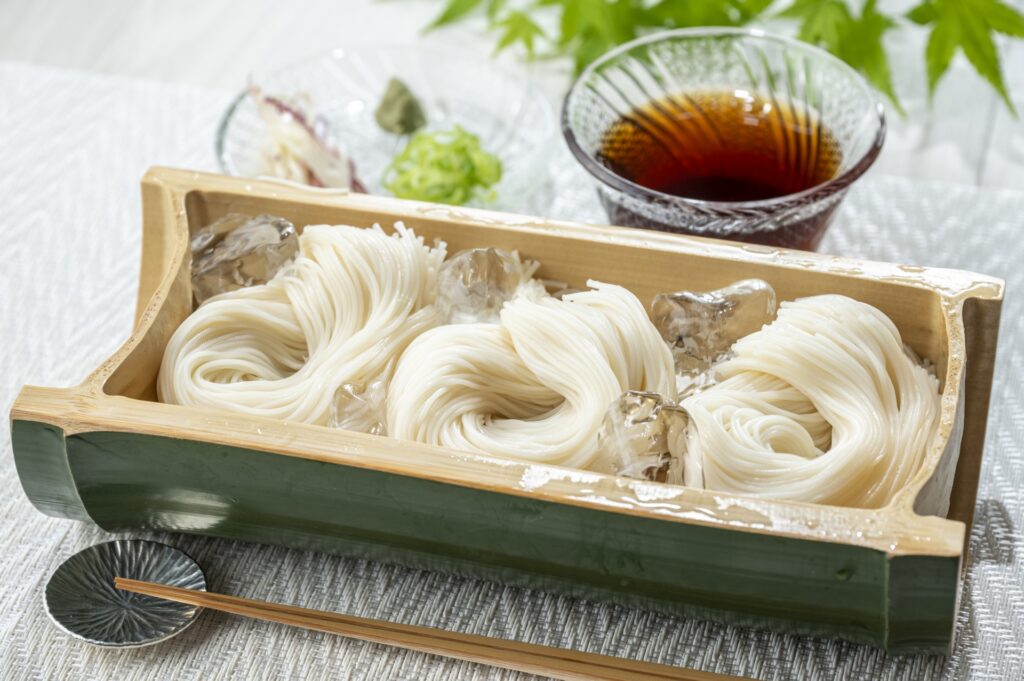
Somen noodles are thin, delicate, and often served chilled, making them a refreshing meal during Japan’s hot summer months. They’re typically dipped in a light soy-based sauce called tsuyu, which adds a subtle umami flavor without overpowering the noodles’ light texture.
How to Cook Japanese Noodles at Home

Making Japanese noodles at home is easier than you might think, especially with the right recipes. Here, we offer step-by-step instructions for preparing classic ramen, udon, soba, and somen at home. Don’t forget to perfect your broths, as they are essential to the dish’s overall flavor.
Ramen Recipes
To make ramen at home, you’ll need fresh noodles, a rich broth, and toppings like soft-boiled eggs and pork. Popular broth types include shoyu, miso, and tonkotsu. Begin by preparing the broth and allowing it to simmer to develop deep flavors. Once your noodles are cooked, combine them with the broth and add toppings.
Soba and Udon Recipes
For soba, prepare a simple dipping sauce or hot broth. Soba noodles require quick boiling and then an immediate cold water rinse to preserve their texture. For udon, simmer the thick noodles in a dashi-based broth, and add toppings like fried tofu or tempura for an authentic touch.
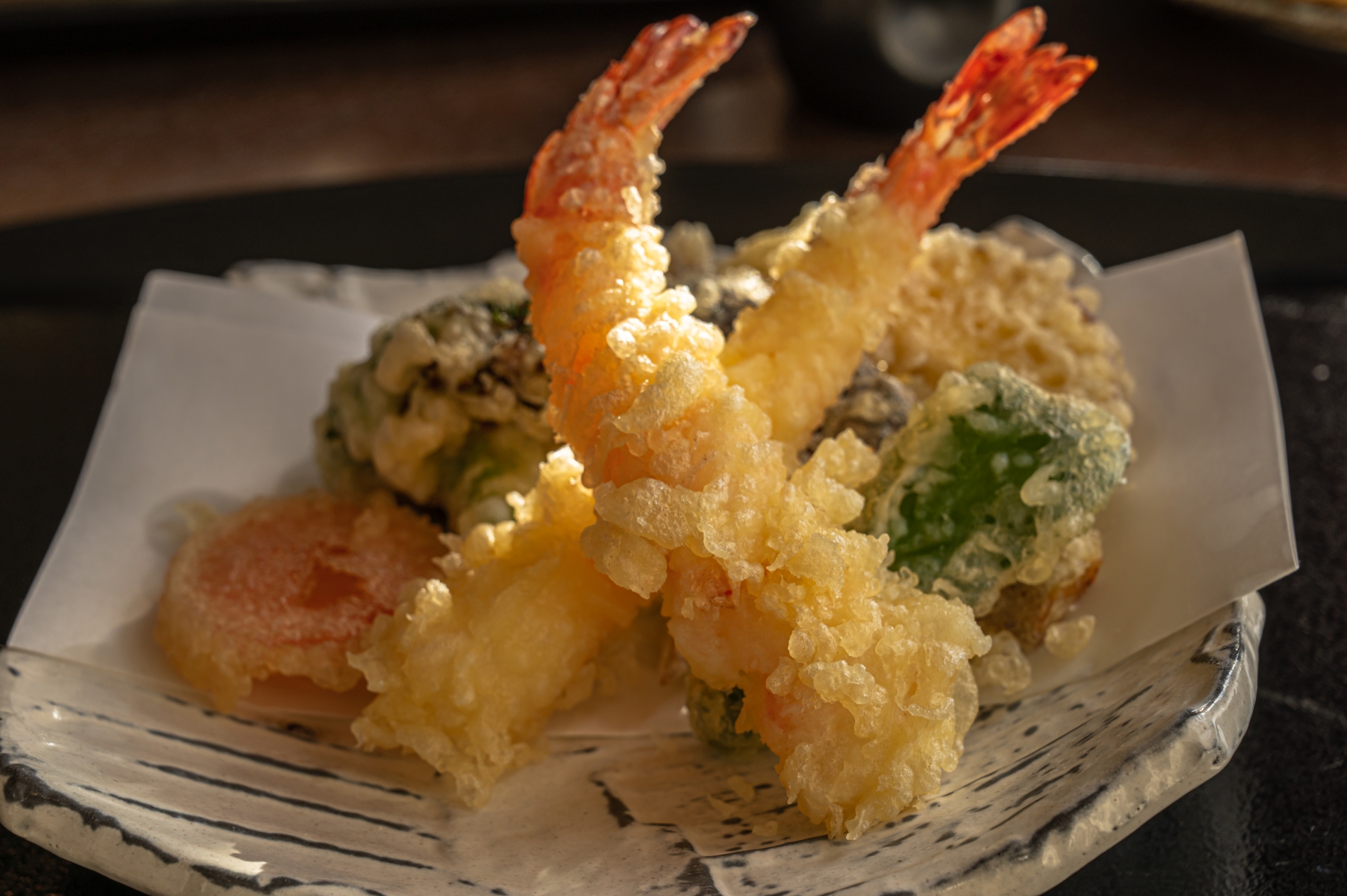
Tips for Cooking Perfect Noodles
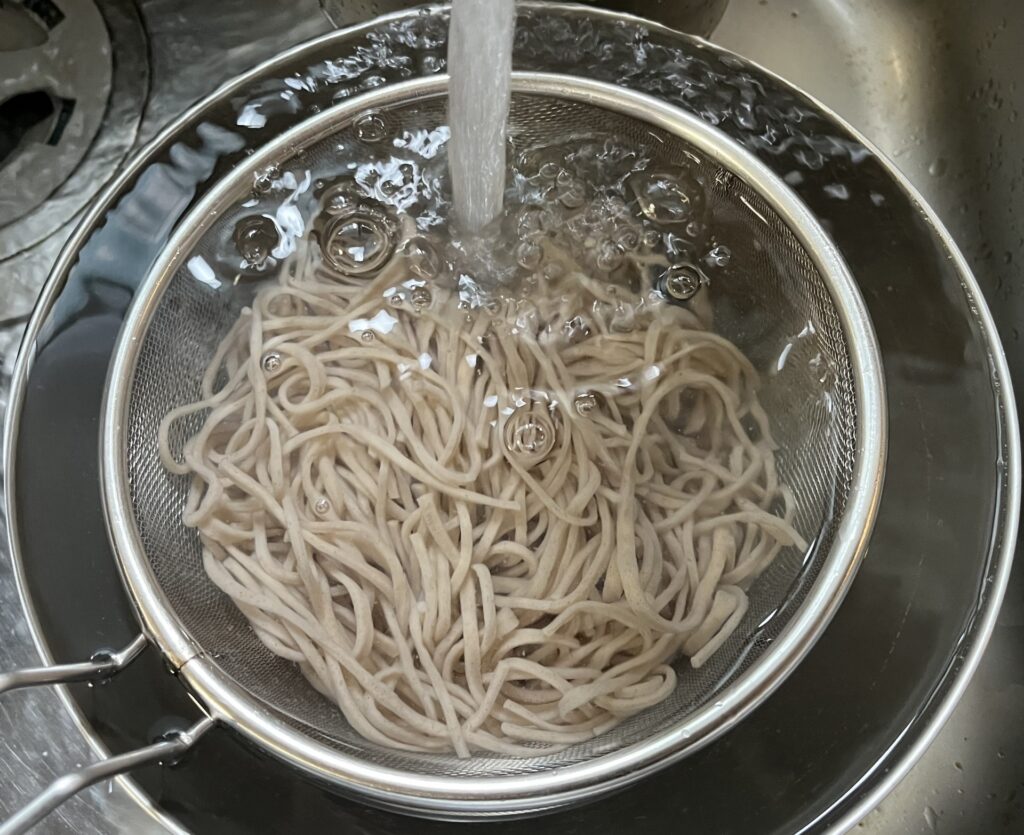
Cooking Japanese noodles to the right consistency is key to their taste and texture. For ramen, aim for al dente; for udon, achieve a firm yet chewy texture. Always rinse soba and somen under cold water after boiling to prevent overcooking.
Where to Find Authentic Japanese Noodles
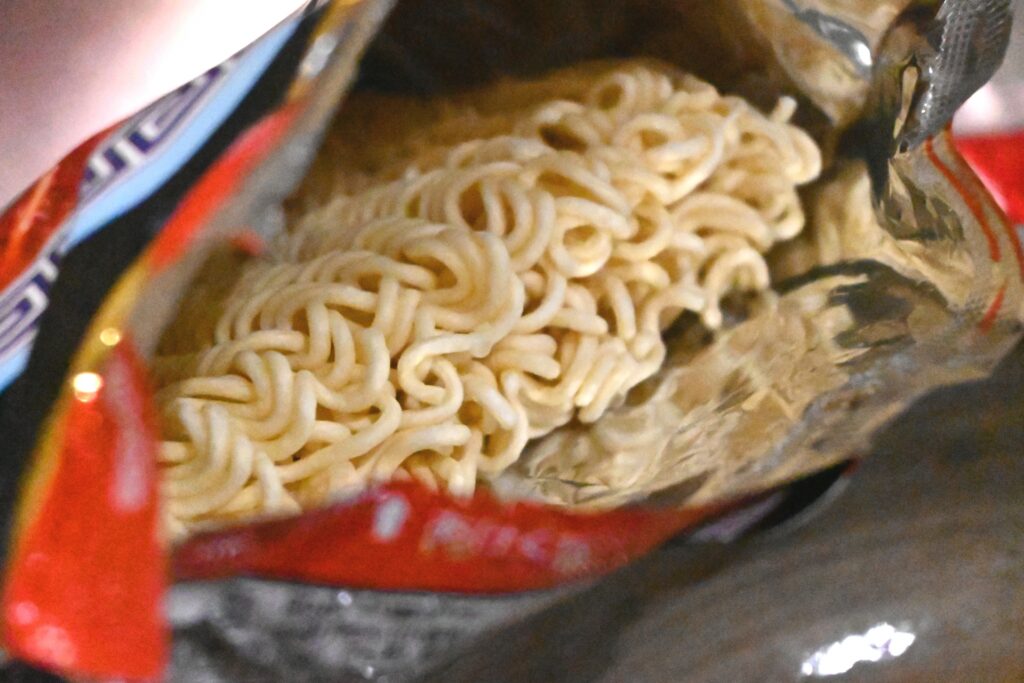
If you’re not in Japan, finding authentic noodles might seem challenging, but many retailers offer Japanese ingredients online and in-store. Below is a table of popular online retailers for purchasing fresh and dried noodles.
| Retailer | Specialty |
| Nissin Foods | Instant ramen varieties |
| Japan Centre | Fresh udon and soba |
| Amazon | Dried ramen noodles |
Finding Japanese Noodles Abroad
Authentic Japanese noodle shops are no longer limited to Japan. Many international cities boast highly-rated ramen bars and noodle houses, bringing the flavors of Japan to a global audience. Some of the best places to find these dishes include cities like New York, Los Angeles, and London.
Emerging Trends and Modern Takes on Japanese Noodles
The world of Japanese noodles is evolving, with chefs worldwide incorporating new techniques and ingredients. From gluten-free noodles to sustainable production methods, Japanese noodle culture is adapting to modern demands.
Fusion Noodle Dishes
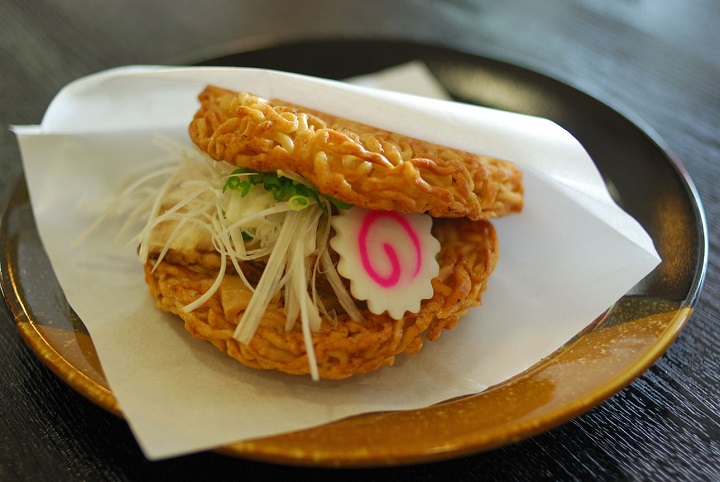
Japanese noodles are finding their way into fusion dishes, blending elements of Western and Asian cuisine. Popular examples include ramen burgers and Italian-style soba pasta, showcasing the adaptability of these traditional foods.
Sustainable and Organic Japanese Noodles
As consumers grow more environmentally conscious, many Japanese noodle makers are turning to organic ingredients and sustainable practices. This shift not only helps preserve traditional methods but also ensures that the demand for noodles can be met in an eco-friendly manner.




